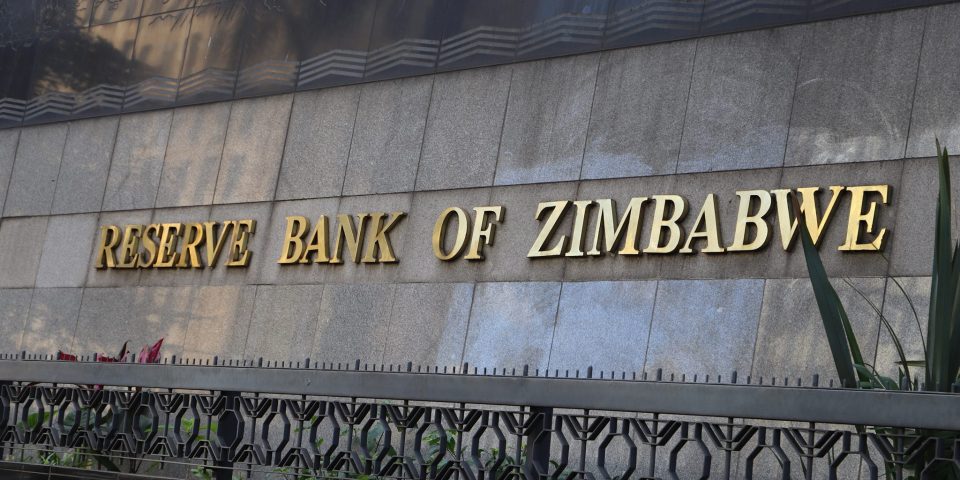
November 14, 2016
Business herald: 11 APR, 2018 – 00:04
Dr Sanderson Abel
Financial institutions play a pivotal role in the granting of credit to the various sectors of the economy.
A bank is just like a heart in the economic structure and the capital it provides is like blood in it. As long as blood is in circulation the organs will remain sound and healthy.
If the blood is not supplied to any organ then that part would become useless, so if the finance is not provided to any economic sector, it will be destroyed.
The availability of credit is important in every economy since households and firms are not in a position to generate enough resources on their own. Credit, which is the pivot for financing of business enterprise serves as an essential, facilitating agency in the primary economic functions of production, exchange, consumption and distribution.
In its simplest sense finance refers to those activities involved in seeing that an individual or organisation has the resources with which to pay its bills promptly
In their endeavour to provide funding to the various sector of the economy, banks develop various products to suit their customer needs. It is important for bank clients to understand these various products so that they approach their various banks with the knowledge of the type of product they require for them to derive maximum value from the credit products provided.
There are different types of financing that you can choose depending with the agreement with your bankers. For example, in acquiring business equipment, fixtures and fittings, you can choose to finance the acquisitions through an industrial hire purchase, leasing or a term loan. Some of the credit products offered by the banking sector are discussed below.
Term Financing: This type of loan is availed by the borrower to acquire fixed assets (immovable properties i.e. land and buildings and vehicles for commercial use). The loan carries a predetermined length of time (tenure), with repayments done in instalments.
Lease Financing: This type of facility helps the borrowers to acquire equipment’s and machineries for their businesses on lease. This type of finance is long Term in nature and as such, the repayment is made in instalments.
Overdraft (OD): This is a short term facility which is granted to the borrower to enable him meeting his day to day funding needs; like payment of salaries, utilities and purchases of inventories etc. An agreed limit is sanctioned by the bank and the borrower is allowed to draw that amount through his current account.
Revolving Credit: This type of loan is also short-term in nature and is used to meet short-term funding requirements of the borrowers. This type of loan does not have a fixed number of payments, as in the case of instalment loan.
Cash Finance and Running Finance are types of revolving loans. Once the loan limit is approved, then the borrower is free to withdraw amounts to the extent of that limit. The borrower can withdraw and repay the amount as many times as he wishes to; but he has to pay mark-up on the amount which he has actually used.
Letter of Credit (LC) or Documentary Credit (DC): Letter of Credit is a written undertaking by a financial institution in favour of the supplier/seller to pay him the amount of imported/purchased goods, in case the actual importer/buyer fails to pay
Unsecured financing: Unsecured loans are those where the banks do not demand tangible securities such as land, building, fixed/current assets, tradeable inventory etc. as security; whereas, in secured financing, the banks demand any of the security as mentioned above. Secured financing is also called collateralised financing.
Credit provision by the banks to their clients through the various channels outlined above gives an obligation towards the borrower to dutifully service the obligation.
Failure to honour that obligation will disturb the whole credit system leading to reduced resources to other potential borrowers. In other words, the potential funding by the banking system is seriously reduced. Resultantly, the problem of credit impairment drags on the economy in the following ways: disintermediation of bank-system lending caused by the erosion of banks’ profitability; stagnation of economic resources, such as labour and capital, in fields with low productivity and cautious behaviour of corporations and consumers due to a decline in confidence in the financial system.
It is now an indisputable fact that economies are dependent on their growth and development on the provision of credit by the financial sector. Corporates, individual and other players provide credit to one another with the banks lying at the centre of the system. A cycle of credit is thus created in an economy where each economic agent is one way or the other in receipt of credit from another directly or indirectly. Any hiccup within the cycle might end up disturbing the smooth flow of resources among the economic agents.
On a broader macroeconomic level, this would translate to economic stagnation as some sectors become grappled with working capital and capital challenges as they fail to access loans and overdrafts from the banks while those who access the resources fail to repay as a consequence of the high cost of the funds.
Dr Sanderson Abel is an Economist. He writes in his capacity as Senior Economist for the Bankers Association of Zimbabwe. For your valuable feedback and comments related to this article, he can be contacted on abel@baz.org.zw or on numbers 04-744686 and 0772463008.
Zimbabwe Microfinance Fund (Private) Limited, (ZMF), is a wholly owned subsidiary of the Zimbabwe Microfinance Wholesale Facility Trust (ZMWFT). The institution was formed in 2011 to operate as a financial apex organisation providing on-lending capital to financial service providers (FSPs) that include MFIs, SACCOs, Agricultural Value Chain Actors (AgVCA) and Banks downscaling to serve the bottom of the pyramid entrepreneurs.
©2022. ZMWFT. All Rights Reserved.